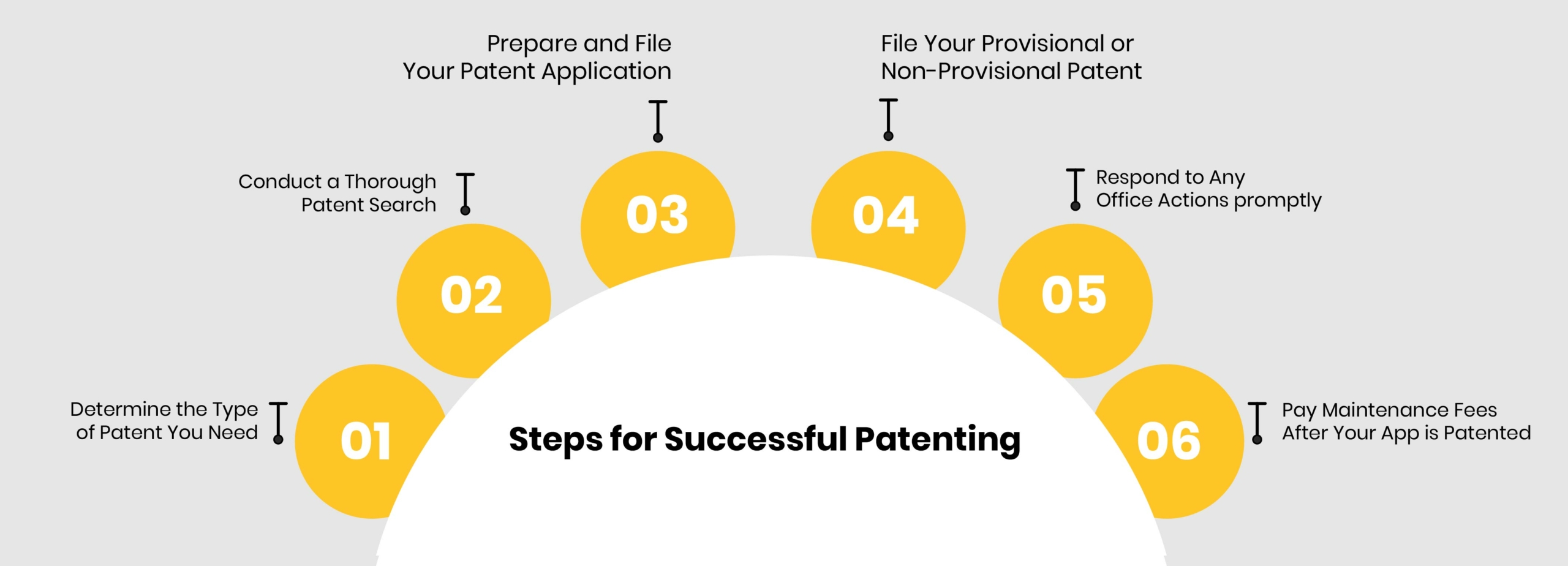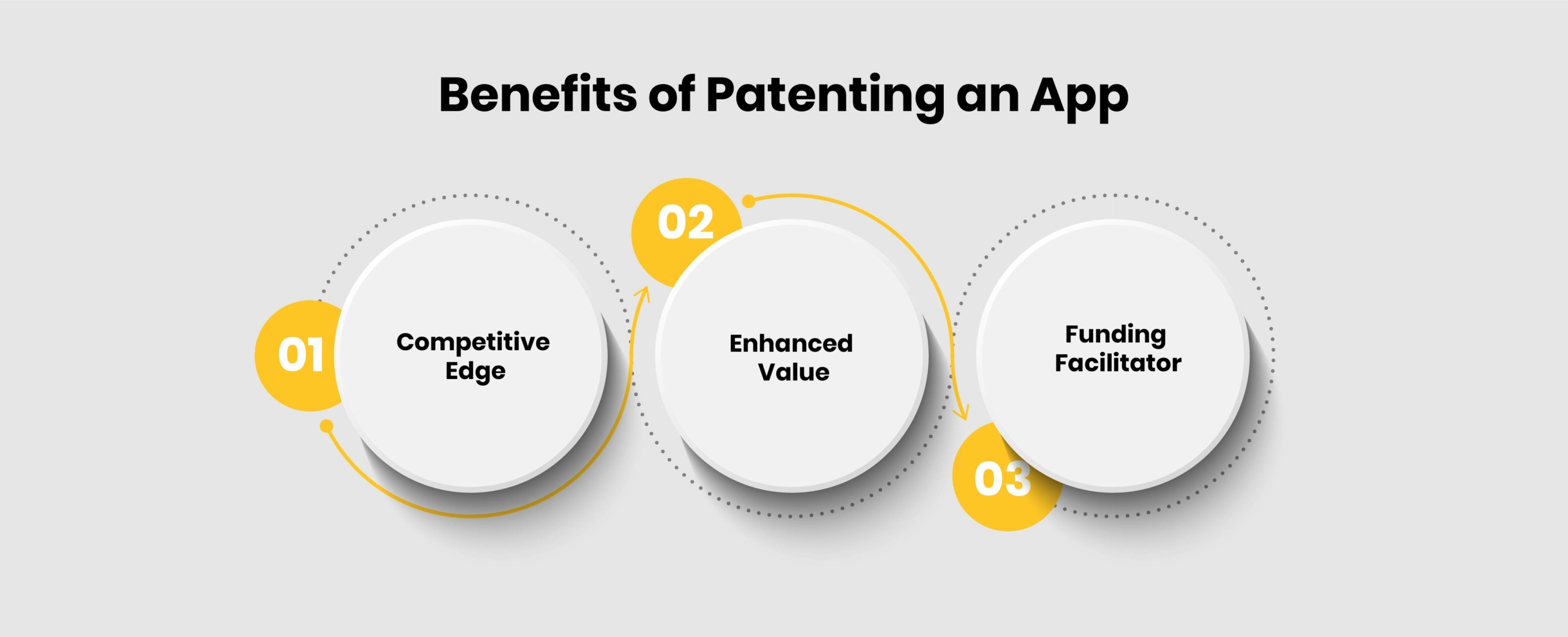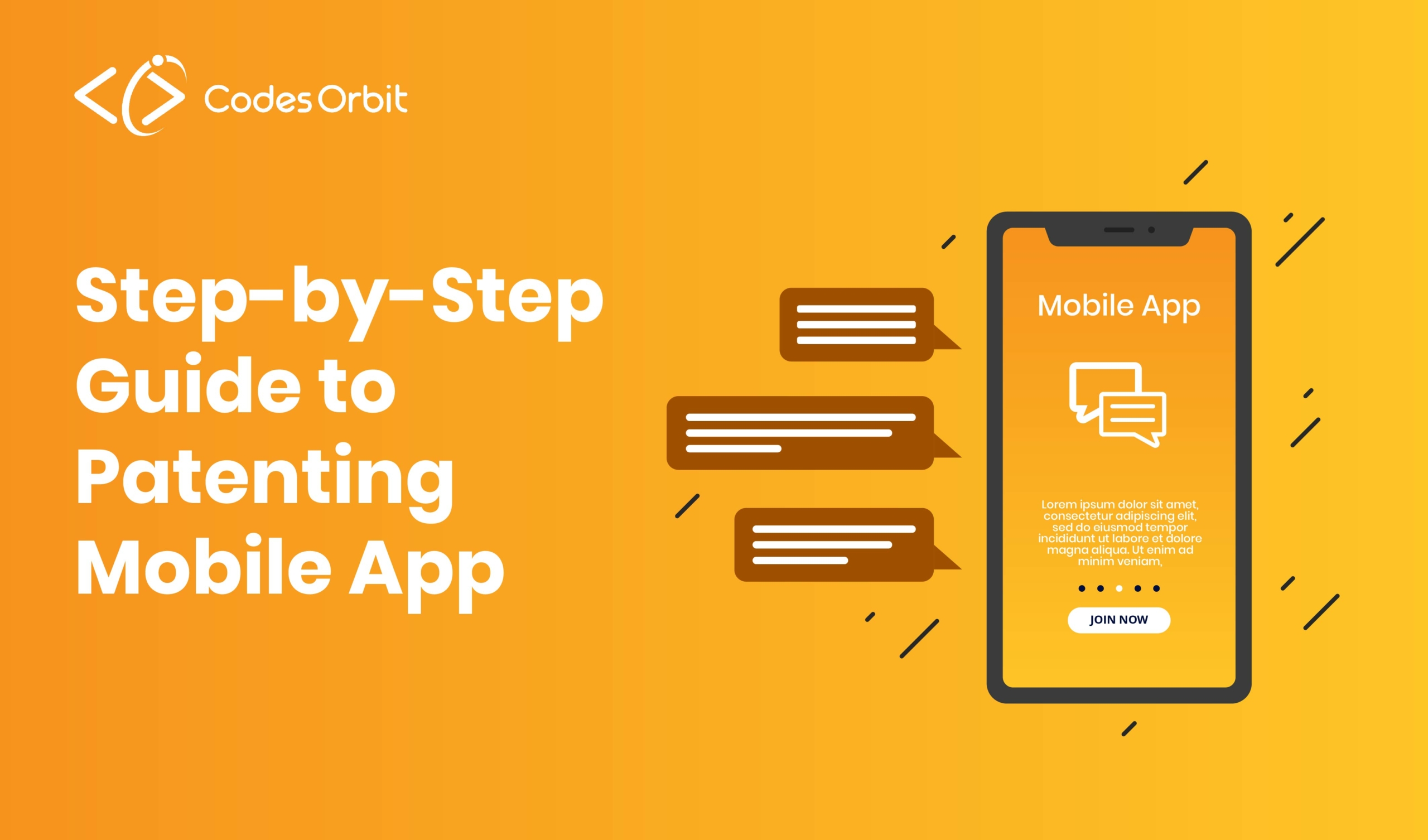In today’s digital age, mobile applications have become an integral part of our daily lives. From entertainment to productivity, there is an app for almost everything. However, with so many apps flooding the market, creating something truly unique and valuable is challenging.
If you have come up with an innovative mobile app idea that you believe has the potential to revolutionize the industry, then it’s crucial to take the necessary steps to protect your intellectual property and secure a patent.
Do you want to know how to protect your idea from being stolen by competitors? In this blog, we will guide you through the process of patenting your mobile app idea and provide you with essential tips to ensure its success.
Can You Protect Your App Concept with a Patent?
Before diving into the process of patenting an app idea, it’s important to understand what can and cannot be patented.
An app concept cannot be patented by itself because it is not considered a patentable invention. To be eligible for patent protection, an app must be more than just an idea or a concept. It must be a novel and non-obvious invention that has a useful purpose.
This means that your app must be more than just an abstract idea – it must be a tangible invention that can be described in specific and concrete terms.
Is Your App Idea Patent-Worthy? Criteria to Consider Before Filing
To determine if your mobile app idea is eligible for patenting, there are several critical factors that you should consider.

1. Uniqueness and Novelty of Your App Idea
Before you start developing your app, it is crucial to ensure that your idea is completely new and unique. It should not be a copy of any existing app or technology. Additionally, it is advisable not to disclose your app idea in any public forum, such as a website, article, or book.
2. The Utility of Your App
It must have a practical application and offer a useful solution to a problem. Obtaining a patent will be difficult if your app is not deemed useful.
3. Invention vs. Improvement
Patents are primarily granted for inventions that uniquely solve a problem. According to the World Intellectual Property Organization(IPO), patents are intended to protect inventions.
In addition to these requirements, you must ensure that your app does not infringe on any existing patents or intellectual property. Now that we have explored the eligibility criteria for patenting an app idea let’s move on to the requirements for patenting an app.
Navigating the Patent Process: Steps for Successful Patenting
If you believe that your app meets the requirements for patentability, the next step is to begin the patent application process.
The process of patenting an app can be complex and time-consuming, so it’s important to work with a qualified patent attorney who has experience in the mobile app industry. Here are the basic steps involved in filing a patent application for a mobile app:

Step 1: Determine the Type of Patent You Need
To start patenting your mobile application, you need to determine the type of patent best suited for your invention. There are three main types of patents to choose from: utility, design, and plant patent.
When filing a patent application for a mobile app, you’ll need to choose the type of patent that best suits your needs. Utility, design, and plant patents are all types of patents granted by the government to inventors for their creations.
Step 2: Conduct a Thorough Patent Search
Before you begin the patent application process, conducting a deep patent search is important to ensure that your app idea is unique and not already patented. A worldwide search will help you avoid any potential infringement issues from other companies.
Step 3: Prepare and File Your Patent Application
Once you have confirmed that your app idea is innovative and non-obvious, you can begin the process of filing your patent application. Here are the documents you will need to prepare:
Step 4: File Your Provisional or Non-Provisional Patent
After you have completed your patent application, it is time to file your app for a patent. This process can take a few years and multiple rounds of examination.
You can file your application with the relevant government agency, such as the United States Patent and Trademark Office (USPTO) in the United States.
Step 5: Respond to Any Office Actions promptly
After filing your patent application, the patent examiner may issue an office action in writing requesting more clarification or changes to your application. It is important to respond to these requests on time to avoid any delays in the process.
Step 6: Pay Maintenance Fees After Your App is Patented
If your patent application is approved, you must pay regular maintenance fees to keep it in force. These fees can be paid monthly or annually to ensure that your app patent remains active.
Benefits of Patenting an App
Now that you’re familiar with all the details involved in patenting a mobile app, let’s proceed to examine the two primary advantages of obtaining a patent for an app.

A patent shields your app from copycats and pirates, setting it apart in a crowded market as original and groundbreaking.
Patenting can boost the worth of your app, enticing investors and purchasers with its protected, one-of-a-kind status.
Securing a patent can instill faith in investors that your app is safeguarded, increasing your chances of acquiring the necessary funding to take it to the next level.
The Price of Protection: Understanding the Cost of Patenting Your App
When it comes to patenting your mobile app, the price tag depends on the type of application you choose. The USPTO has a breakdown of all the costs and fees involved so that you can get an accurate estimate. But to give you an idea, some of the basic charges for filing a patent application include the following.

As for an estimate, the cost for a provisional patent application typically ranges from $2000 to $5000, while a non-provisional patent can cost between $10,000 to $15,000. So, consider these figures as you weigh your options for protecting your innovative mobile app!
Note: Obtaining a patent is a lengthy process that can take several years, and ongoing maintenance fees are required to keep the patent in force.
Closing Thoughts
Patenting your mobile app can be a valuable investment in your app’s success. By providing protection from copycats and competitors, enhancing its value, and increasing your chances of securing funding, a patent can help take your app to new heights. While the cost of patenting may seem daunting, the potential rewards are well worth it.
With careful research and guidance from experienced professionals, you can successfully navigate the patent process and position your app for long-term growth and profitability. So, whether you’re a seasoned app developer or just starting out, consider the benefits of patenting your mobile app and take the first step towards safeguarding your innovation and securing your future in the digital world.
If you want to bring your ideas to life, we have got you covered. From designing to developing top-notch applications, our mobile app development services are highly admired globally. Get in touch with us to discuss your idea and get a flawless application in no time.
